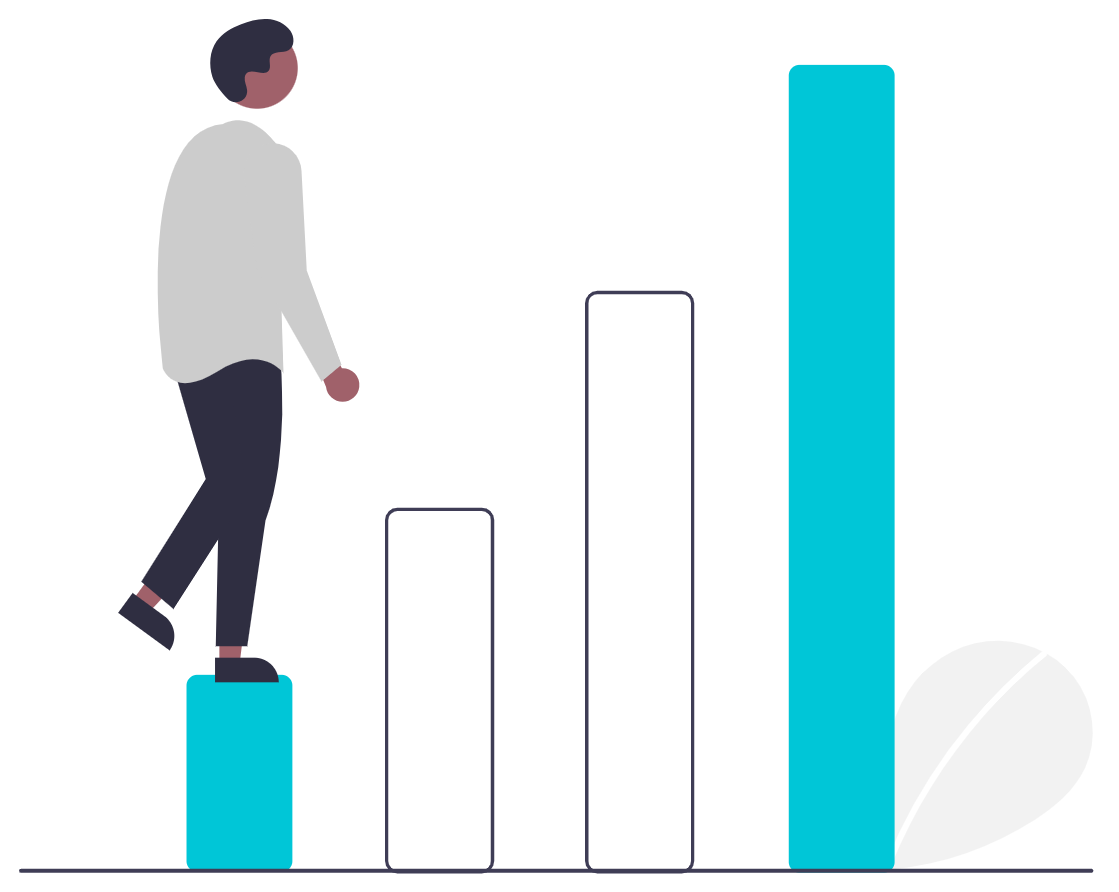Uniting Campus Systems: DES SIS Projects in Review
Throughout the years, staff and students have experienced the challenges of main campus and the Division of Extended Studies (DES) having separate and isolated systems. Aligning DES with main campus systems is a key step toward fulfilling the strategic vision of the Student Information System (SIS) Project — “One University, One IT Student Ecosystem.” Signs of progress are already visible. Last year, DES successfully launched one application and two core systems shared by main campus — Slate, uAchieve and 25Live.
From Vision to Motion
DES serves over 90,000 enrollments each year, including local and global students, through a variety of courses and certificates as well as specialized international and educational programs. In order to ensure that the functions of DES’ existing tools and systems would continue seamlessly once TSS is live, the ESR SIS Project identified an opportunity to do more than just continuity planning for DES. Instead, they chose to help realize the SIS Project vision in a more robust and comprehensive manner by designating these DES needs as supporting SIS projects. And so, these SIS supporting projects became preparatory work for the launch of the new Triton Student System (TSS).
Though the initial push for these new systems came from the need for alignment with TSS, their impact on DES goes far beyond that. These additions have streamlined operations, automated workflows, and, most importantly, enhanced the student experience across the division.
For a detailed visualization of the DES SIS supporting projects, please view the timeline below which showcases each DES project’s individual timeline, including the start, go-live and closure milestones.
Adiós Paper, Hello Slate
DES’ International Programs (IP) has brought international students to UC San Diego for decades, diversifying the DES student population and fostering cross-cultural exchanges. In 2022, IP processed an average of 1,900 paper applications. That’s a lot of paper!
On February 12, 2024, the Slate application for IP was officially launched, introducing a long-awaited comprehensive admissions platform for the department. Celebrating a year since this milestone, the implementation of Slate has proven to be critical to the mission and goals of not only IP, but DES as a whole.
IP reported that Slate’s customizable features have improved the student experience evidenced by reducing incomplete applications by over 30%. Stacy Warneke and Jessica Alvarez, the project’s Business Leads, note that “replacing a paper-based system with a customer relationship management (CRM) platform has streamlined applications and decision releases, aligning with DES's strategic goal of enhancing student services through a comprehensive online platform.”
As a pilot for DES, IP’s successful implementation of Slate is paving the way for other DES programs, with the second phase of the project planned for broader adoption across the entire division. Additional phases of utilizing Slate DES-wide will be managed by DES directly.
25Live: To Optimization and Beyond
The implementation of 25Live for DES in April 2024 has provided a more efficient system for managing 6,500 classes, events and rentals each year. What a relief! No more stress stemming from double-booked classrooms. As a powerful space management tool, 25Live enables detailed reporting, streamlined workflows and enhanced optimization, all of which support data-driven decision-making and proactive planning.
Since going live, DES has seen remarkable improvements, including the assignment of 160 sections for Fall 2024 and Winter 2025 quarters to appropriate spaces within minutes of using the 25Live optimizer. Previously, this task required countless hours of manual work across multiple staff members. Now, the process is centralized, more efficient and faster than ever.
Gurpreet Dhiman, the 25Live Project Sponsor/Business Process Owner and Director of Finance and Business Operations at DES, highlights several key benefits of the new system, including: streamlined calendar scheduling for closures, the elimination of double bookings, simplified room allocation and enhanced reporting capabilities.
The reduction of time spent on planning, transaction processing, error correction and reporting has created additional capacity for staff to focus their efforts on various initiatives to help DES achieve its strategic goals.
uAchieve, We Achieve
In May 2024, the final project in this series launched, uAchieve for DES, a degree audit and transfer articulation tool designed to streamline program tracking and reporting for students and staff. By automating a previously manual and time-consuming process, uAchieve has also improved workflows for course transfers, substitutions and waivers through its integration with other systems.
The implementation of uAchieve at DES has significantly increased the overall student experience due to faster processing times, improved accessibility and efficient integration with other platforms like Kuali Build. Andrew Kaplan, DES’s Director of Client & Student Services and the system’s Business Lead, notes that the transition to uAchieve has been largely positive. “DES students have adjusted quickly” and have more transparency on their program progress than they did previously. With clearer visibility into academic records, students can more easily track their progress and access real-time information.
For staff, the greatest advantage has been the reduction in manual work and increased visibility of academic progress. “The system minimizes human error and reduces administrative tasks,” Andrew says, which helps to get printed certificates in students’ hands faster than ever before. To highlight this improvement, certificate processing formerly required staff intervention and took up to three weeks; now, it’s automated and completed in just one to five days.
Lessons Learned
The introduction of these new systems and applications for DES has sparked a transformational shift in the division’s daily operations and student services.

Through the hundreds of hours dedicated to these initiatives, we have a much deeper understanding of the complexity of integrating data between general campus and DES. As Andrew highlights, this process takes significant time due to the intricate data structures and the varying business processes that DES and general campus each have.
Stacy and Jessica also share that while the change management framework offered resources for navigating a smooth transition for the Slate application, the real key to success lies in gathering end-user feedback early on and conducting thorough testing before launch. These steps are essential for not only a successful rollout, but also for the long-term sustainability of the system.
We’ve been reminded that launching new systems isn’t a one-time event. It’s an ongoing process of iteration, enhancements and continuous improvement. As the university continues to refine its processes and expand its reach both locally and globally, our ability to stay flexible and adaptable will be crucial to meeting its evolving needs, now and in the future.
For questions about the SIS Project contact esr-student@ucsd.edu.
